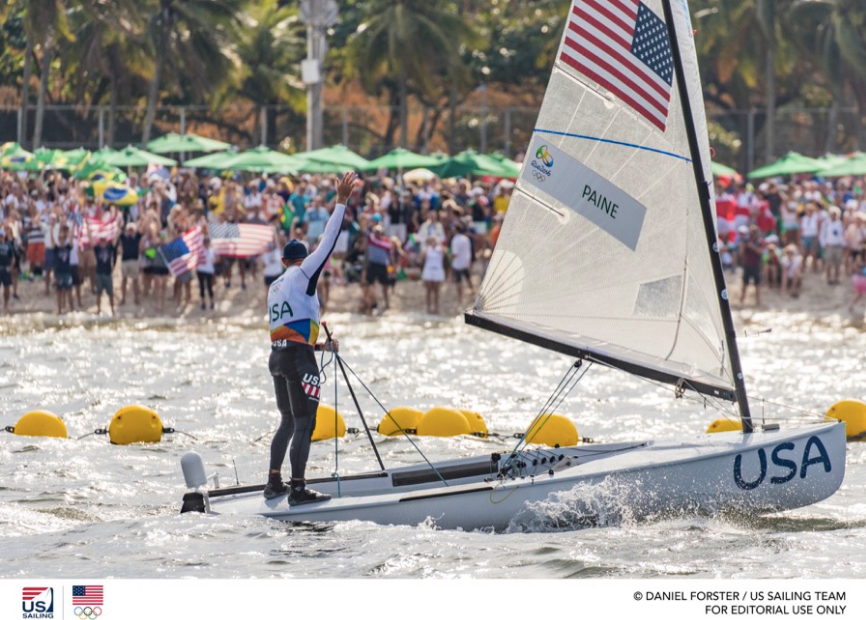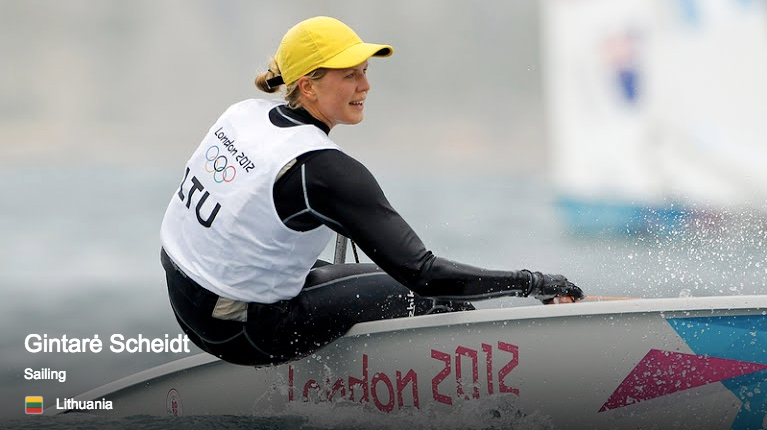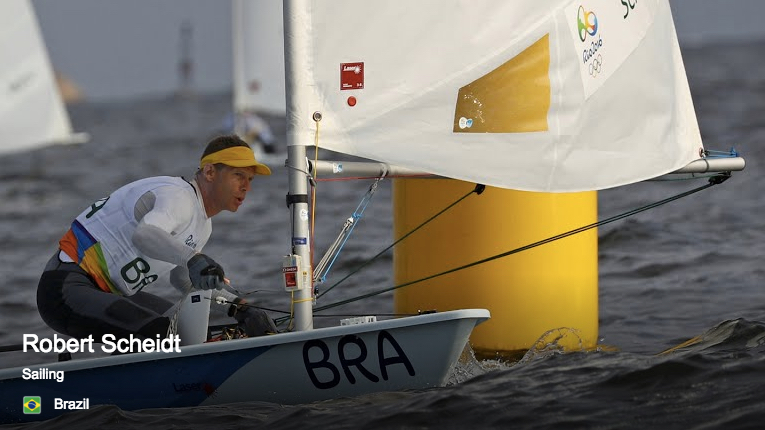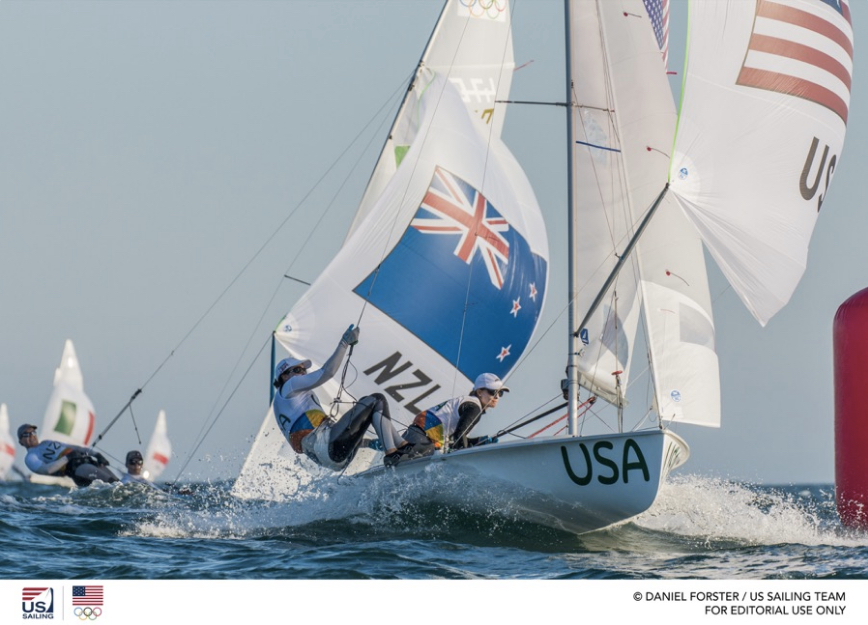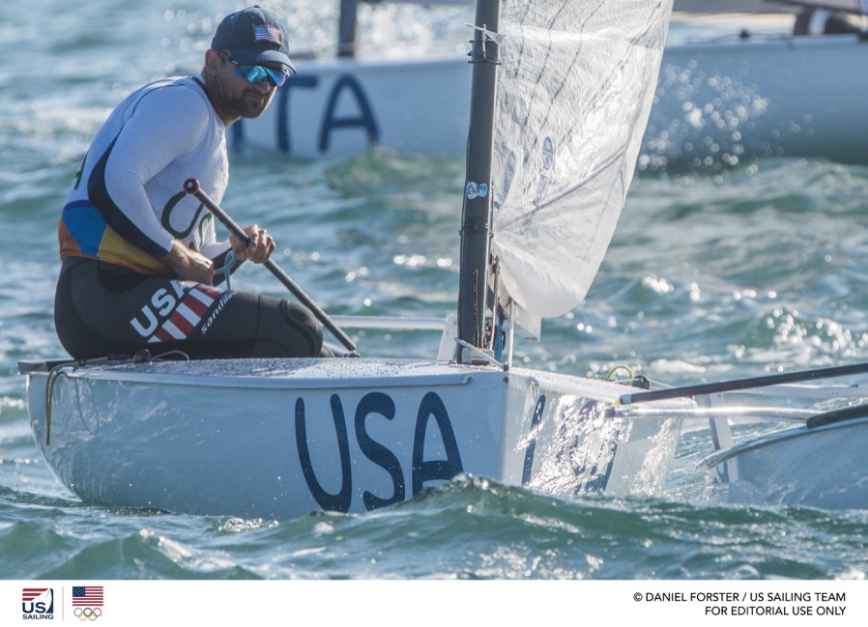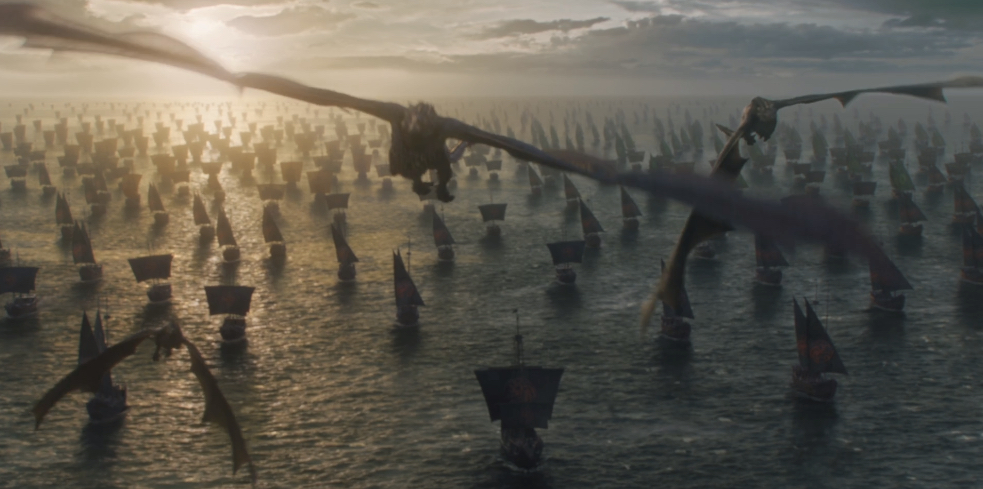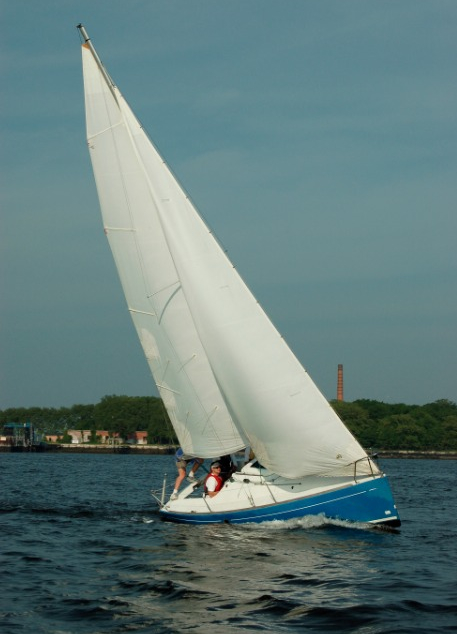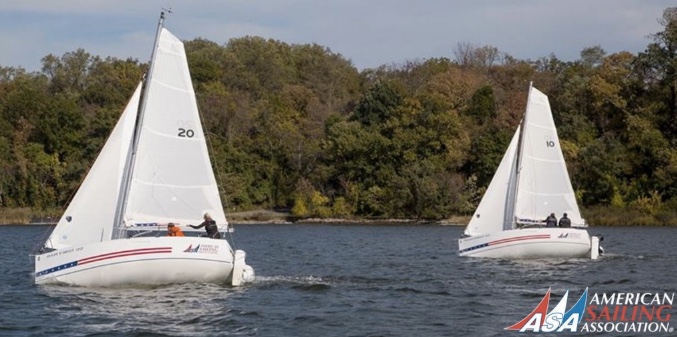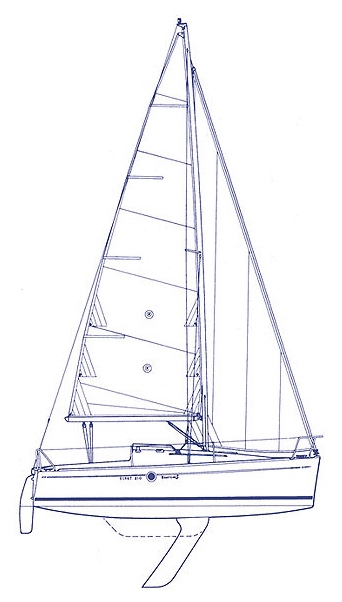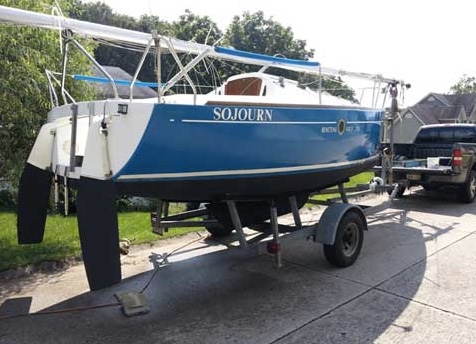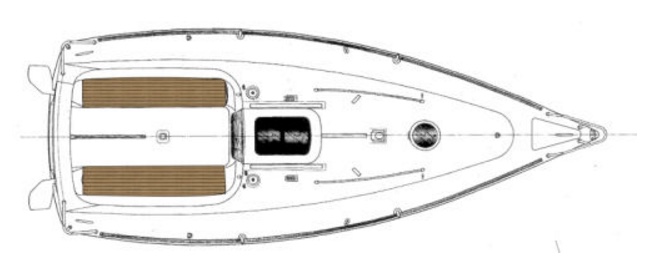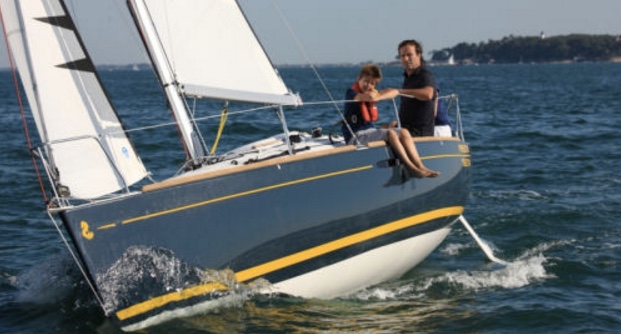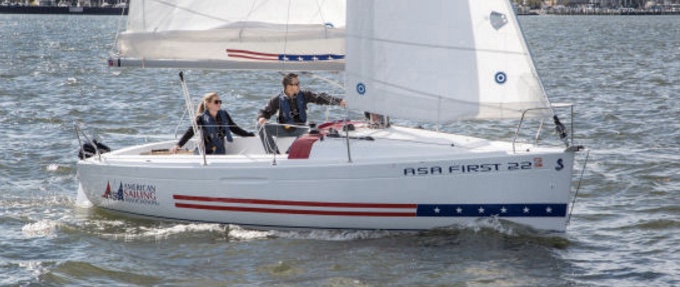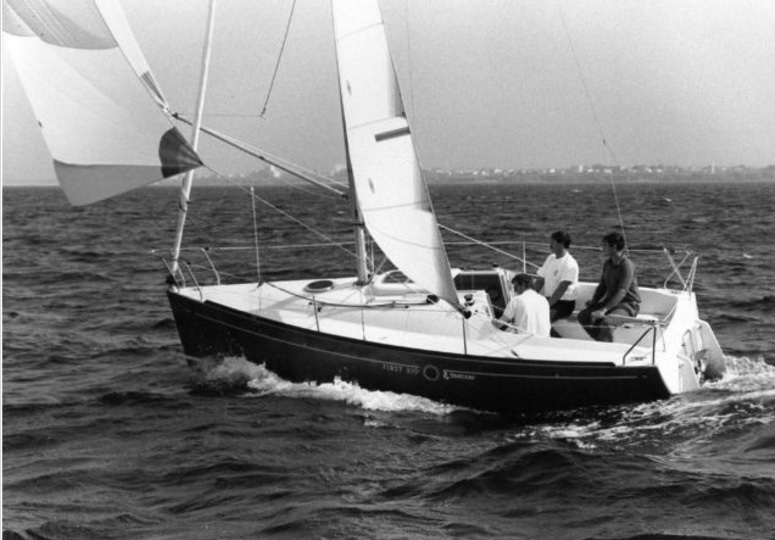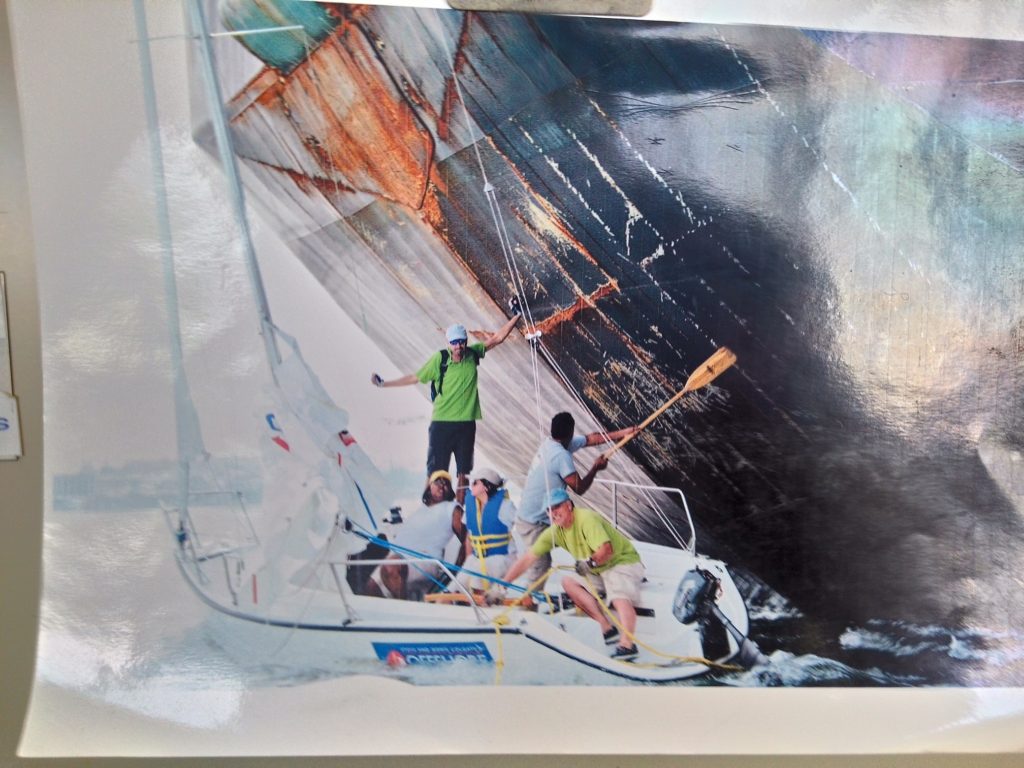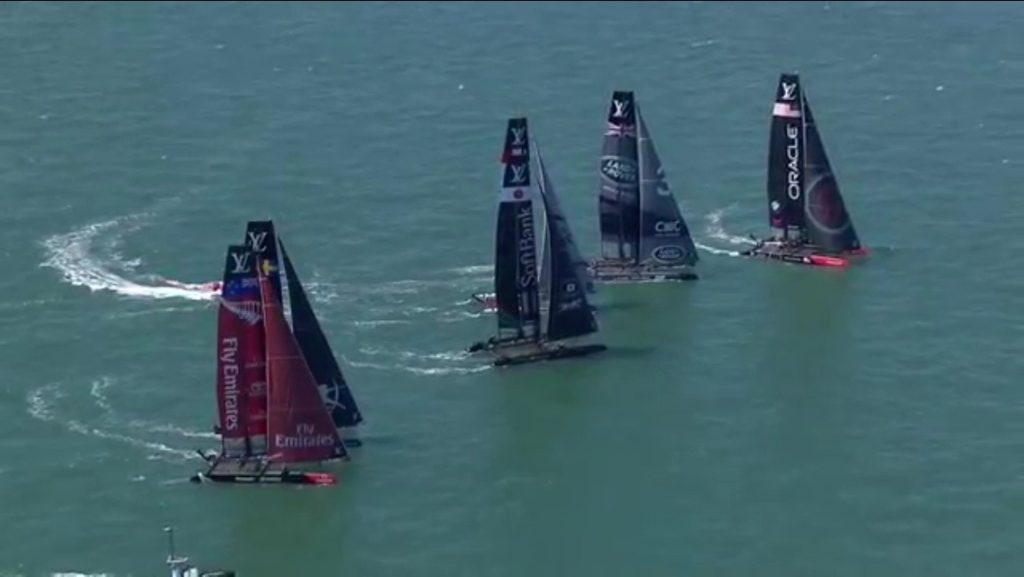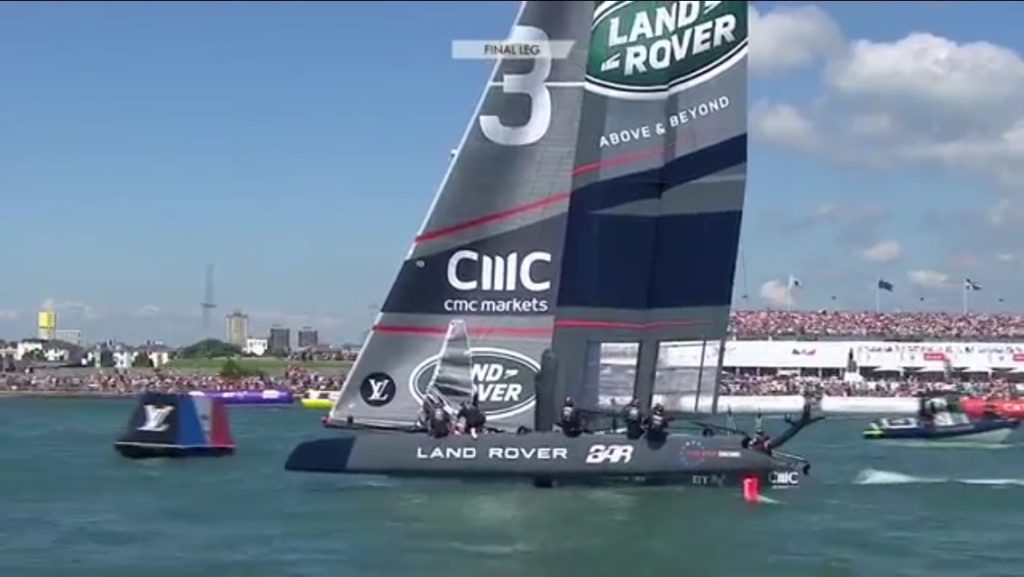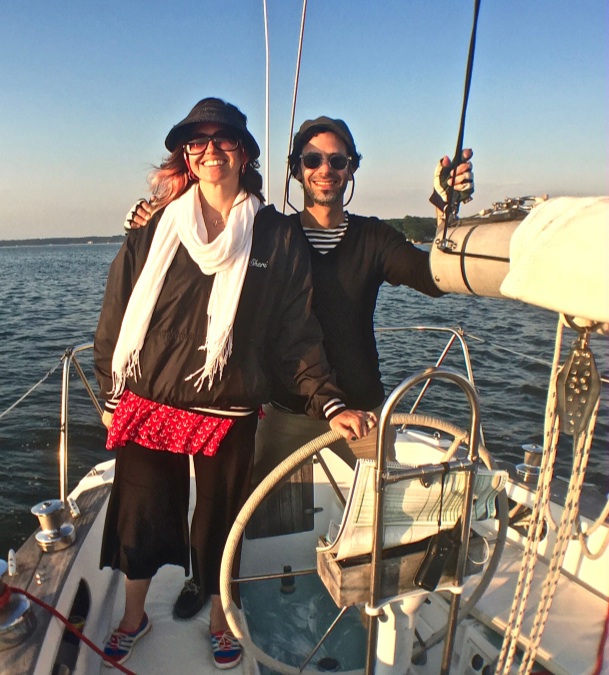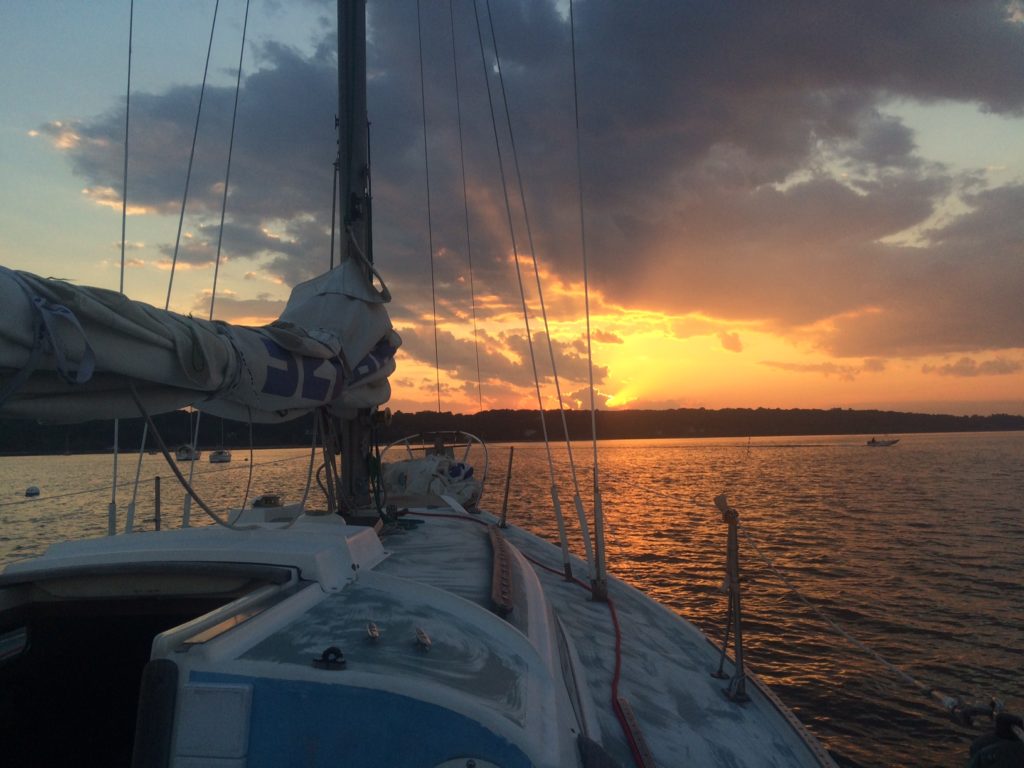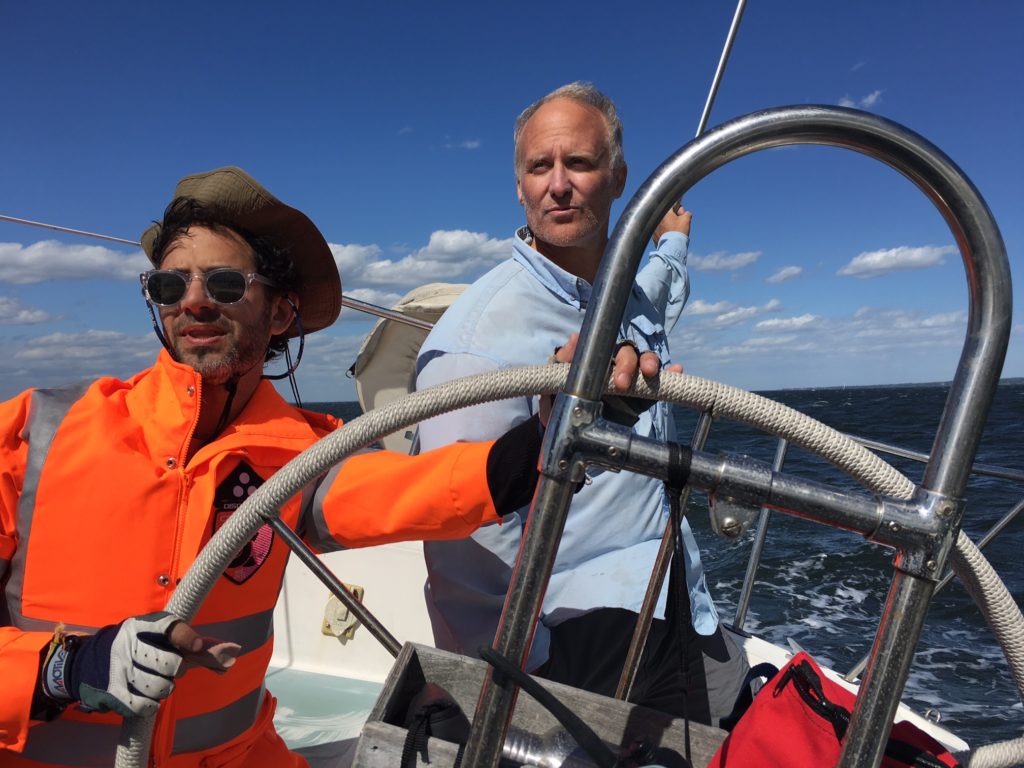If we’re going to try to sell you here, we’l teach you something too.
We have room in a Start Sailing course, which started today (Monday, August 22). This is learn-to-sail/Basic Keelboat (ASA 101). Come join for either or both day 2 and day 3 for a refresher. $225/each or $375 for both. Need certification? Can add that on for reasonable fee. Contact us to discuss the options or sign up.
Now, for a teaching tidbit…
How to: ‘Heaving-to’
If it’s good enough for Olympians, it’s good enough for you. Here’s what it looks like…
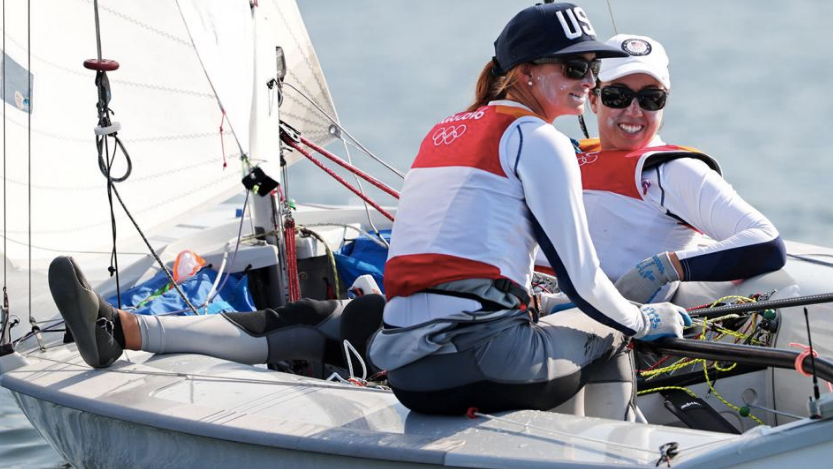
‘Heaving to’ is making a sailboat drift in a controlled manner. It won’t sail fast, and it won’t cross the wind. Once set up, the boat is self-tending. That frees up anyone on board to deal with other stuff, or just chillax. It’s a critical safety skill and also a super-convenient one for non emergencies.
The idea is to get the jib (front sail) ‘backed’ or ‘backwinded’ by forcing it to the side of the boat the wind is coming from. This turns the boat aggressively away from the wind. To fight that, the boat is steered back into the wind. When timed correctly, the rudder (steering fin) and the jib fight each other to a stalemate, and the boat just says, “I’m done” and obediently lays sideways to the wind. It drifts sideways and forward, or diagonally downwind.
Most sailors learn the concept easily, but most also don’t learn how to execute it reliably. Some overnight expert or Captain Crackerjack started a trend of teaching how to heave to like this: “Tack the boat and then tack back.” (Tacking is turning toward the wind and continuing across to the other side of it.) The idea is that one stops the boat from tacking and fights the backwinded jib with the rudder.
The problem is that more detail is needed. It’s not complicated however, and here’s how to do it reliably on any sloop rigged boat.
- Get the boat aiming upwind (close reach, or preferably close hauled.)
- Tack the boat, but not the jib. (Leave it be.)
- Stop the boat on the new close hauled course. Not easy with backed jib.
- Once you’re steady on that course, luff the mainsail completely.
- The boat will head down. Gradually fight it with more rudder as needed.
- When that won’t work anymore, CONGRATS! You’re hove-to.
The boat will lay on a beam reach or sometimes a little lower. Secure the helm, and do whatever it is you wanted to do by heaving to. (Like wait for wind as the women in the photo are.)
A few more details…
- The jib or genoa might have to be adjusted slightly to get the best lay. That’s measured in inches, not feet. With an overlapping genoa, the clew should be near the shrouds on whichever side – fore or aft – works best for the boat at the time. Play around with it and watch the boat’s heading change slightly.
- If the main is undulating softly, leave it be. If it’s really luffing hard, play with the headsail trim to get a better angle. With a genoa, trim in more to better blanket the main. Or, just drop the main if need be and especially if you’re going to remain hove-to for awhile, as when riding out a squall.
- Trimming in the main will make the boat sail on a close reach. You’re not hove to. You’re sailing with a backwinded jib. You can do it, but you lose most of the benefit, and the boat will not likely be self tending.
What if you need to heave to but have to stay on the tack (side of the wind) you’re already on?
Simple. Tack the jib but not the boat! Or, if that’s too much cranking, head down until the jib is soft enough to trim in easily. Then head up to back it.
So, forget about “tack & tack back” and just heave to like an Olympian.
